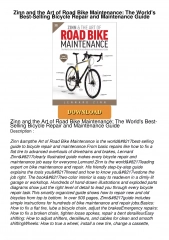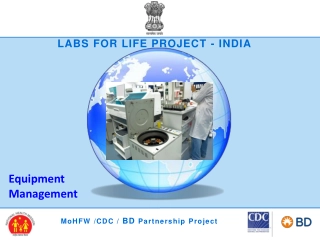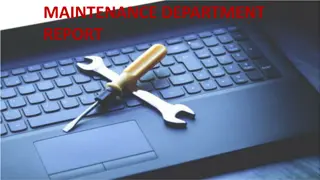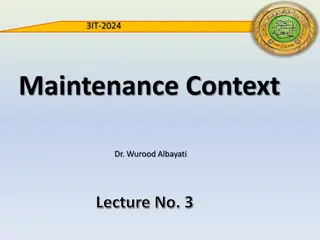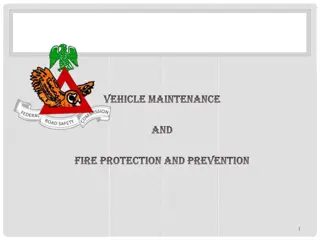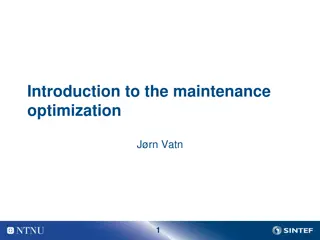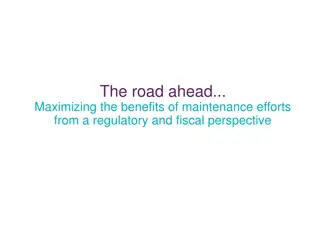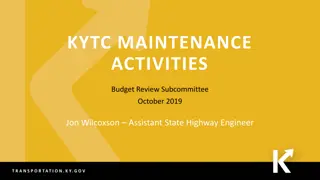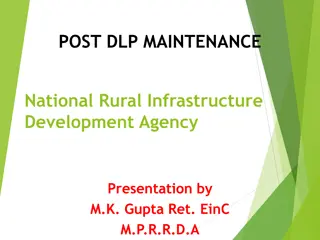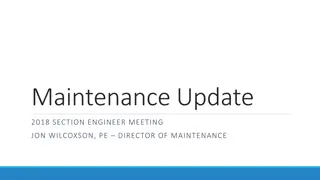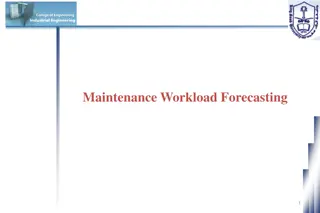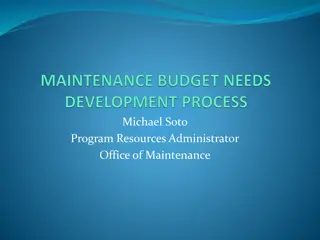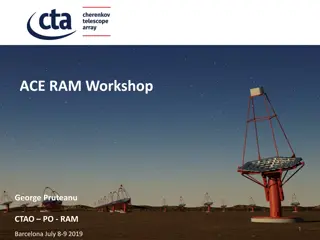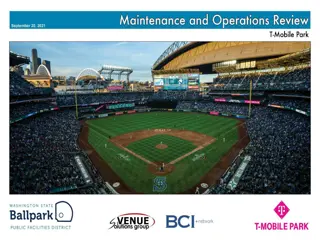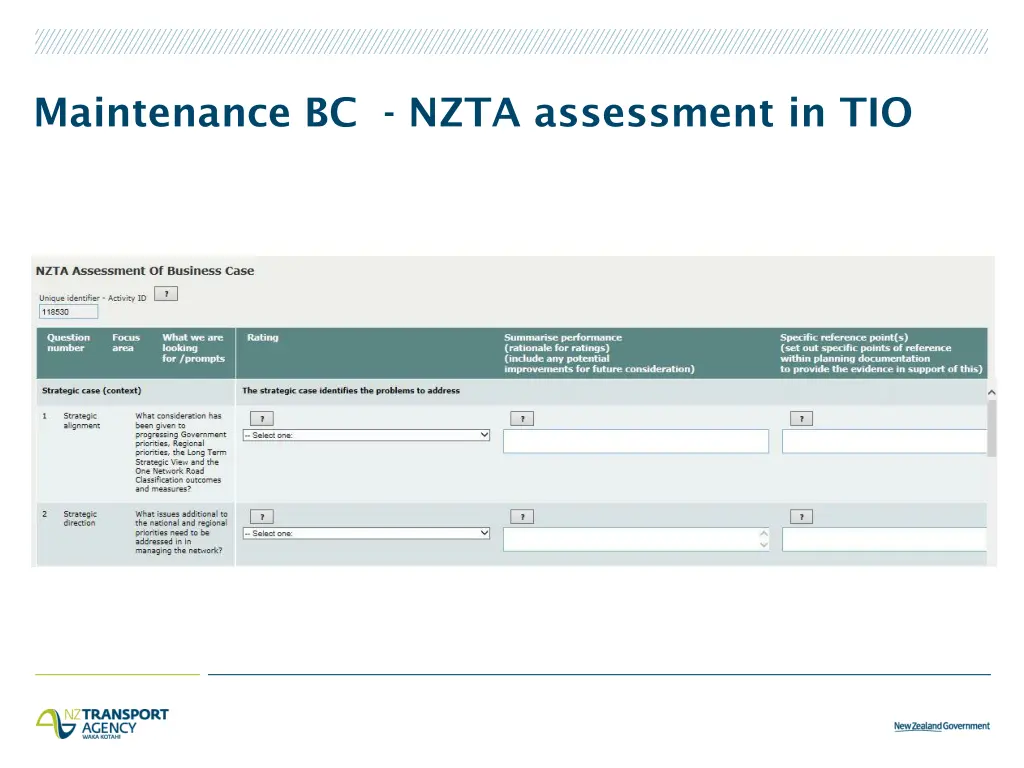
Network Maintenance Assessment Insights
Discover key insights from a comprehensive assessment on network maintenance, including strategic alignment, strategic direction, problem identification, and objectives. Learn how the business case supports government priorities, regional needs, and long-term strategic goals, while addressing critical issues in network management.
Download Presentation

Please find below an Image/Link to download the presentation.
The content on the website is provided AS IS for your information and personal use only. It may not be sold, licensed, or shared on other websites without obtaining consent from the author. If you encounter any issues during the download, it is possible that the publisher has removed the file from their server.
You are allowed to download the files provided on this website for personal or commercial use, subject to the condition that they are used lawfully. All files are the property of their respective owners.
The content on the website is provided AS IS for your information and personal use only. It may not be sold, licensed, or shared on other websites without obtaining consent from the author.
E N D
Presentation Transcript
Maintenance BC assessment 11 thematic questions
Q1: Strategic Alignment What consideration has been given to progressing Government priorities, regional priorities, the One Network Road Classification (ONRC) outcomes and measures? How do the strategic drivers align to the Long Term Strategic View? Briefly describe the information that demonstrates how the business case: Supports and aligns to government priorities Takes account of regional priorities Is informed by the Long Term Strategic View Responds to the One Network Road Classification customer levels of service and performance measures framework
Q2: Strategic Direction What issues additional to the national (GPS) and regional priorities need to be addressed in managing the network? Briefly describe the information that identifies issues such as: Long term trends that impact on the network s customer levels of service Acceptable levels of service gaps Risks to the reliability and continuity of the network Other priorities identified in the business case
Q3: Problem identification- Current state For the issues identified above, does the business case documentation provide evidence to indicate the scale of the problem, or opportunity, and give some indication of the relative importance and urgency of the issues? Briefly describe the information that provides: What would be the consequences of not addressing the problem(s) or opportunity and the urgency eg 0-3 yrs, 3 10 yrs. 10 yrs + A clear statement of the current state problem or problems, or opportunities being addressed
Q4: Objectives (benefits (outcomes)/ performance measures): identified & reasonable What benefits and performance measures, at a network level related to the maintenance programme, have been identified and are they reasonable? Briefly describe information provided on: The future benefits (outcomes) and how well they will address the problem/s identified The performance measures for benefits, and whether they will provide adequate evidence that the benefits have been achieved. How well the programme responds to the ONRC framework and customer levels of service (current and future state)
Q5: Core programme For the programme as a whole and for each of the work category bids, is there sufficient evidence to show the programme has been optimised for both the mix and timing of interventions, and is there an appropriate procurement approach to deliver value for money in the short, medium and long term? The business case and supporting information must demonstrate and you need to be satisfied that: What consideration was given to addressing the problems/opportunities through maintenance and/or additional improvement activities (funded through the relevant Improvements Activity Classes) and/or enhanced delivery arrangements Cost and level of service performance benchmarking compared to national, regional and local peers The programme has been optimised effectively for scope, quantity, timing and deliverables
Q6: Enhanced programme Where funding is sought above the Core Programme level, the investment partner will need to demonstrate the rationale and evidence of the value proposition for the enhanced funding request. The business case and supporting information must demonstrate and you must verify: The AO has the capability to deliver the proposed enhanced programme in the most cost effective way The consequences of not investing in the enhanced programme That the additional works and investment proposed are the best means to address the customer levels of service opportunities sought under the Investment Assessment Framework (IAF) High Results alignment rating for maintenance
Q7: Alignment of programme expenditure How well are planning documents aligned to the core programme (and any associated funding applications) in TIO? Review documentation/references provided and provide assurance that there is: Any gaps are identified An alignment between the planning documentation and the TIO funding application for the total core programme (including any service improvement(s))
Q8: Smart, fit for purpose procurement of services What, if any, emerging procurement-related issues and opportunities or outstanding issues have been identified? Briefly identify: If there are any issues or risks identified in the procurement strategy where further mitigation is required. Any emerging risks or opportunities related to procurement that need to be addressed or accommodated in future Whether there is a procurement assessment consistent with the Smart Procurement evaluation guide published by the Road Efficiency Group (REG) procurement group
Q10: Integration / planning How well is the delivery of the proposed programme and related activities aligned and integrated? Briefly describe: Does the proposal ensure optimal programme delivery efficiency and co- ordination with suppliers and partner organisations? How the programme takes account of other agencies programmes / activities that may affect and/or be critical to achieving the desired outcomes
Q10: Performance management What is the confidence that the programme can be delivered and risks managed? Briefly describe: Identify, if any, concerns related to delivery of the maintenance programme such as work quality, timeliness of responses, and ability to detect and respond to changes in conditions or circumstances. How findings from previous Transport Agency audits have been, or will addressed, and your confidence in the programme owner to deliver on the planned approach.
Q11: Confidence in delivery/risk management What is the confidence that the programme can be delivered and risks managed? Briefly describe: The extent to which risks have been adequately identified for the type/ complexity of the network (and/or related activities) and whether there is a sound risk mitigation strategy in place The capability and the capacity of the organisation to deliver and manage the future programme and related activities, particularly in terms of adequacy of resourcing and skillsets available The proven track record of sound delivery with previous investments in the continuous programme and related activities (particularly in terms of timing and alignment/management of the funding allocation)

